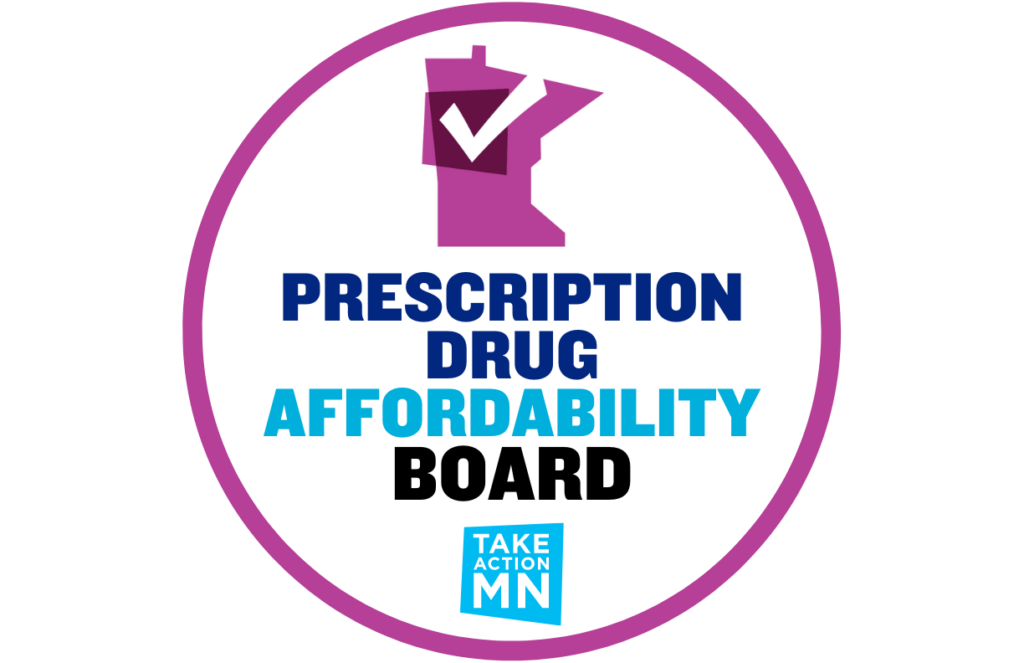
Far too many Minnesotans are forced to choose between prescription drugs and other necessities, like rent and groceries. Many are even forced to go without their medications.
They are people like Jo H. from Saint Paul, who has multiple prescriptions that they should be on that would make their life a lot easier as a multiply-disabled person, but can’t take them because the drugs cost too much. Jo has been forced to choose which condition to treat and how to treat it, and which condition to ignore, based almost exclusively on cost.
They are people like Cassandra W. from Saint Cloud, who has been forced to prioritize one drug over another each month and has not filled two of her prescriptions in several months due to the cost. Each month, Cassandra must decide between being late on rent or going without required medication for several more days. She doesn’t take her medication every day because she knows she can’t afford to refill it on time. Rationing medications strategically cushions the blow of withdrawal when she has to go without.
And they are people like Bonnie Z. in Minneapolis. Bonnie’s is a family with a special needs child, so life is already hard for them. They earn just a little too much to qualify for a school lunch program, yet they spend 37 percent of their income on healthcare. Bonnie’s husband’s meds cost $800 a month.
What will a Prescription Drug Affordability Board do?
A Prescription Drug Affordability Board would have the authority to establish statewide upper payment limits for prescription drug sales in Minnesota, which is why it has been a priority of TakeAction for years. It would help countless Minnesotans like Jo, Cassandra, and Bonnie. In addition to consumers, it would protect state and local governments, health plan companies, providers, pharmacies, and other health care system stakeholders from price-gouging by big pharmaceutical corporations.
In 2021, the Minnesota House passed a nation-leading bill to establish a Prescription Drug Affordability Board. PhRMA poured money into blocking the bill in the Senate, spending more than any other industry lobbying at the State Capitol. PhRMA, the industry lobby group, more than tripled its spending on lobbying to $1.1 million in 2021.1 In 2022, pharmaceutical companies and trade groups had 60 lobbyists registered in Minnesota.2
The pharmaceutical industry will do everything it can to block progress. That’s why we asked every candidate for state office to join us and publicly support a Prescription Drug Affordability Board, a policy supported by 87% of Minnesotans.
It’s time to change the rules and create an official body that asks why prescription drugs are priced so high and starts getting these costs under control. We need to tell legislators to pick a side: Minnesota’s families or Big Pharma’s profits.
This November, we have a chance to elect candidates who will fight to lower prescription drug costs by establishing a PDAB in Minnesota. Before you head to the polls, find out which candidates support a Prescription Drug Affordability Board.
